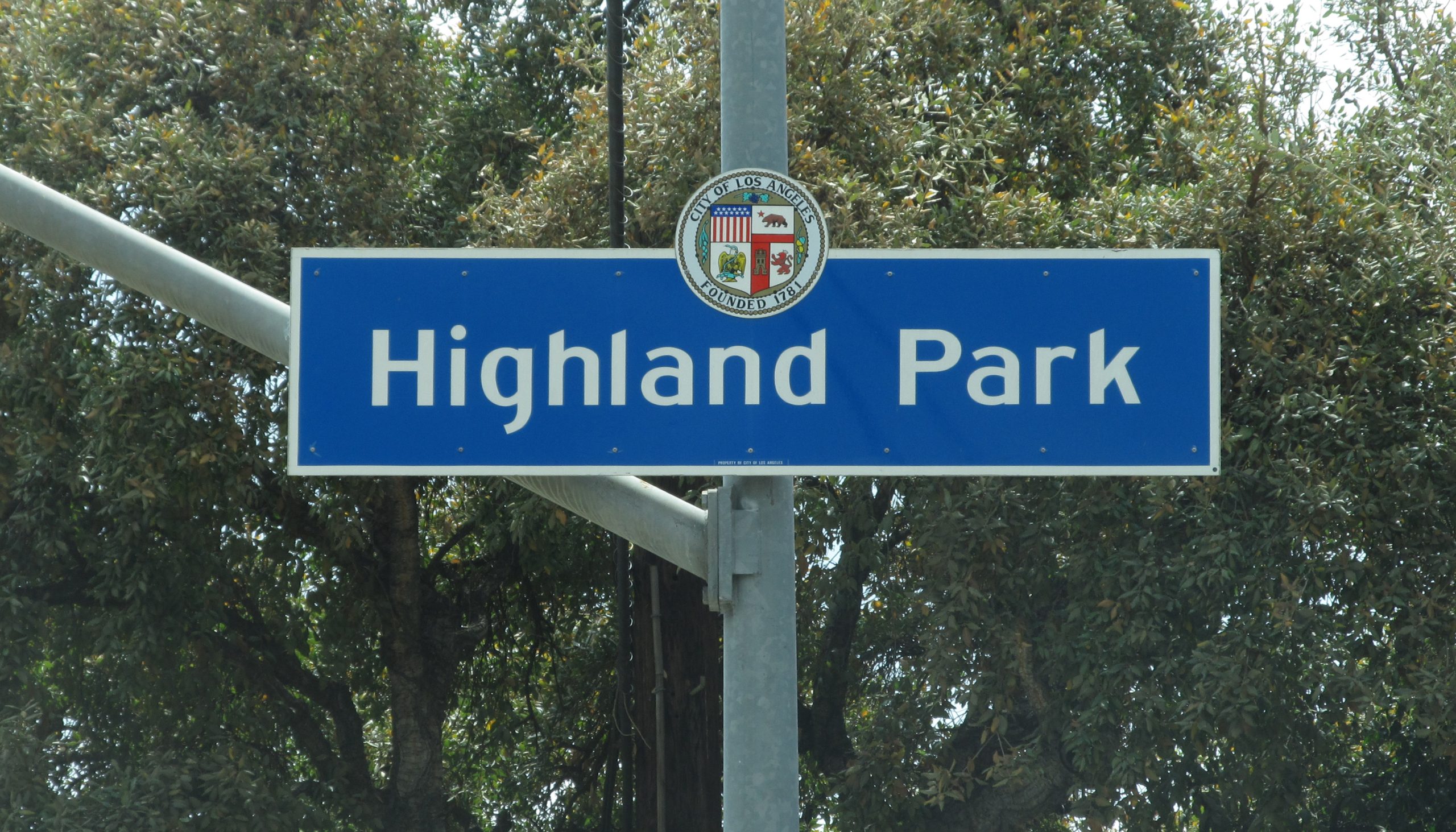Highland Park is one of the nicest suburbs of the so-called North Shore of the Chicago metropolitan area. It is home to the Ravinia Festival, a summer-long stream of musical events, of every genre imaginable. And it is just a few suburbs over from Skokie where I live. This last Monday, it became the latest venue in the United States to experience a major massacre. A young man of 21 years of age took an automatic rifle to the roof of a clothing store and started shooting down randomly at the participants as well as the spectators of a 4th of July parade. An American Independence Day parade. A day when Americans come out to celebrate their patriotism. The numbers keep shifting a little, but, as of last count, there were 7 dead and over 30 wounded. A truly horrific situation.
I have had discussions of massacres in several of my articles over the years. I constantly feel a need to tweak my ideas regarding this incomprehensively grotesque category of event. In the past, I have focused a lot on how a massacre in today’s world is a vehicle for pulling the perpetrator out of an experiential vacuum, out of the numbness generated by the frictionless mediated life styles that are encouraged by modern technology. Yet, in truth, the causal chain is a bit more complicated. The Highland Park killer was an active user of social media, as are many of the mass killers these days. He was involved with a number of different media groups that shared his fascination for violence. But there is an experiential disjunction involved in creating a lot of posts about violence. The content of the posts is basically an abrasive tension-pocket of overstimulation, while the digital format of the posts is basically a vacuum of understimulation. So, the Highland Park killer was basically trying to generate friction and traction with a technical form (namely, digital social media) that instead was too frictionless, too mediated, too numbing to be able to carry out its alleged purpose by itself. So, the more that a digital social media would-be killer tries to generate friction in the external world with his posts in order to feel alive and fails, the more the friction builds up inside of him instead. It is as if he becomes a one-person psychological bomb. But rather than explode apart himself, he finds another means to express his explosive anger. He gets an automatic rifle and blows up as many of the people around him as possible.
Assuming a mass killer survives a massacre and is able to get away, he, at that point, can calm down by going back to digital social media again and bragging about what he has done. The key here is that mass murder has become for him a part of a balancing act, going back and forth between the understimulation of digital social media discussions about violence and then the overstimulation of actually committing violence in order to get an approximation of the levels of stimulation by combining the two situations psychologically in a way one would get if one were living in a traditional natural environment with a lot of organic stimulation (which is what humans are built for anyway). By the way, it was just announced today that it had been discovered that the Highland Park killer was planning on carrying out another killing spree in Madison Wisconsin, the home of the University of Wisconsin, if he had gotten away with the killings in Highland Park.
The point is that the numbness generated by using digital social media for violent posts is an integral element in the causal chain leading up to the actual physical violence. As was pointed out in a much earlier article in my column, the two main topics for websites are violence/hate groups and pornography (which is as much about power and violence towards women as it is about sexual titillation). Although the online discussions about violence do not actually satisfy the need to find a way to pull out of the living death of the experiential vacuum in which the potential killer finds himself, they do act to indirectly create the circumstances in which he is stimulated to become a violent killer within himself and thus by himself at least temporarily lift himself out of the numbness.
So all this participation in social media is an indirect causal factor to the urge to murder people. If the use of digital social media is numbing, the use of a different piece of technology, the automatic rifle, is quite stimulating. The recoil of the rifle against the shoulder, the explosive noises of the bullets being shot. These stimuli give the killer a high until they become overstimulating even for him. But then the killer can either go back to the numbing effects of the digital social media again or he can get shot and die which is the ultimate form of numbness and the ultimate form of calming down after an intense session of automatic rifle murder. It is all part of the intricate sensory system for the killer, all being done within a vacuum and tension-pocket field of experience.

























